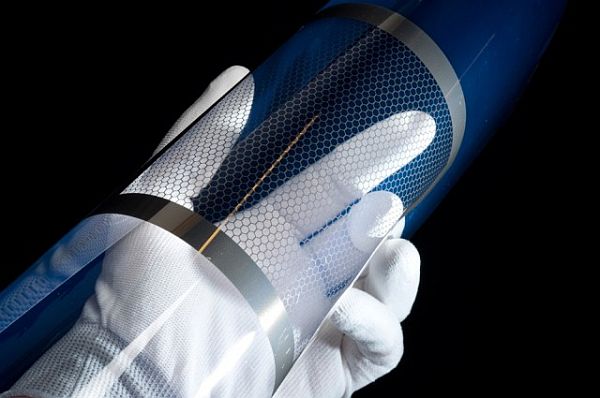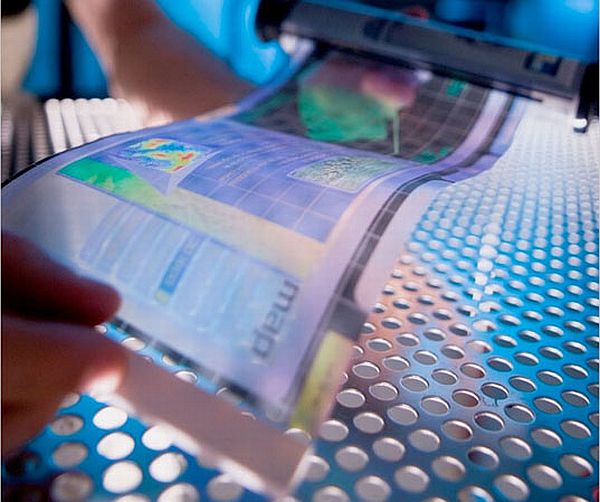In an effort to replace silicon chips with flexible plastic within gadgets like computers, cellular devices and related systems, researchers from University of Iowa and New York University have come up with an alternative to the high capacity storage technology.
During the fiber optic transmission, it is easier and convenient to encode data in light while magnetism helps in storing information with an unlimited expiry date.
With the proposed technology, converting information from one form to another is a critical issue. Since, the energy cost for this process is insignificant when it comes to silicon-chip-based computers but is relatively higher for flexible, plastic computing devices claimed Michael Flatté from UI Optical Science and Technology Center.
However, the new technology is efficient enough in morphing the magnetic storage information to light in a flexible plastic device asserted Flatté.
The team successfully demonstrated the transduction of information between a magnet and organic light-emitting diode (OLED), a self-luminous diode that glows upon experiencing an electrical field. This they achieved at room temperature and without the presence of current between the two materials.
The magnet upon creating strings of field around itself directly modified the emission of light from the device. The same phenomenon would also help in storing and communicating the new form plastic computing devices, which of course is inexpensive and based on low-power consumption.
Although the experiments were performed on larger devices but the workings of miniaturized devices will be performed on the same set of principles said Professor Andrew Kent from New York University.
Source: The University of Iowa
Image: Extremetech & Inhabitat





